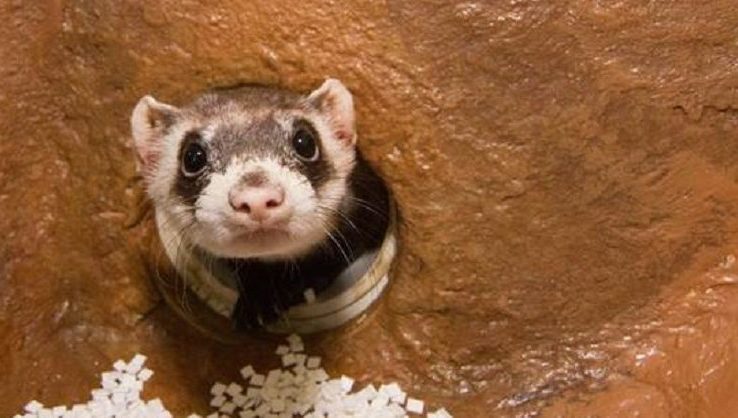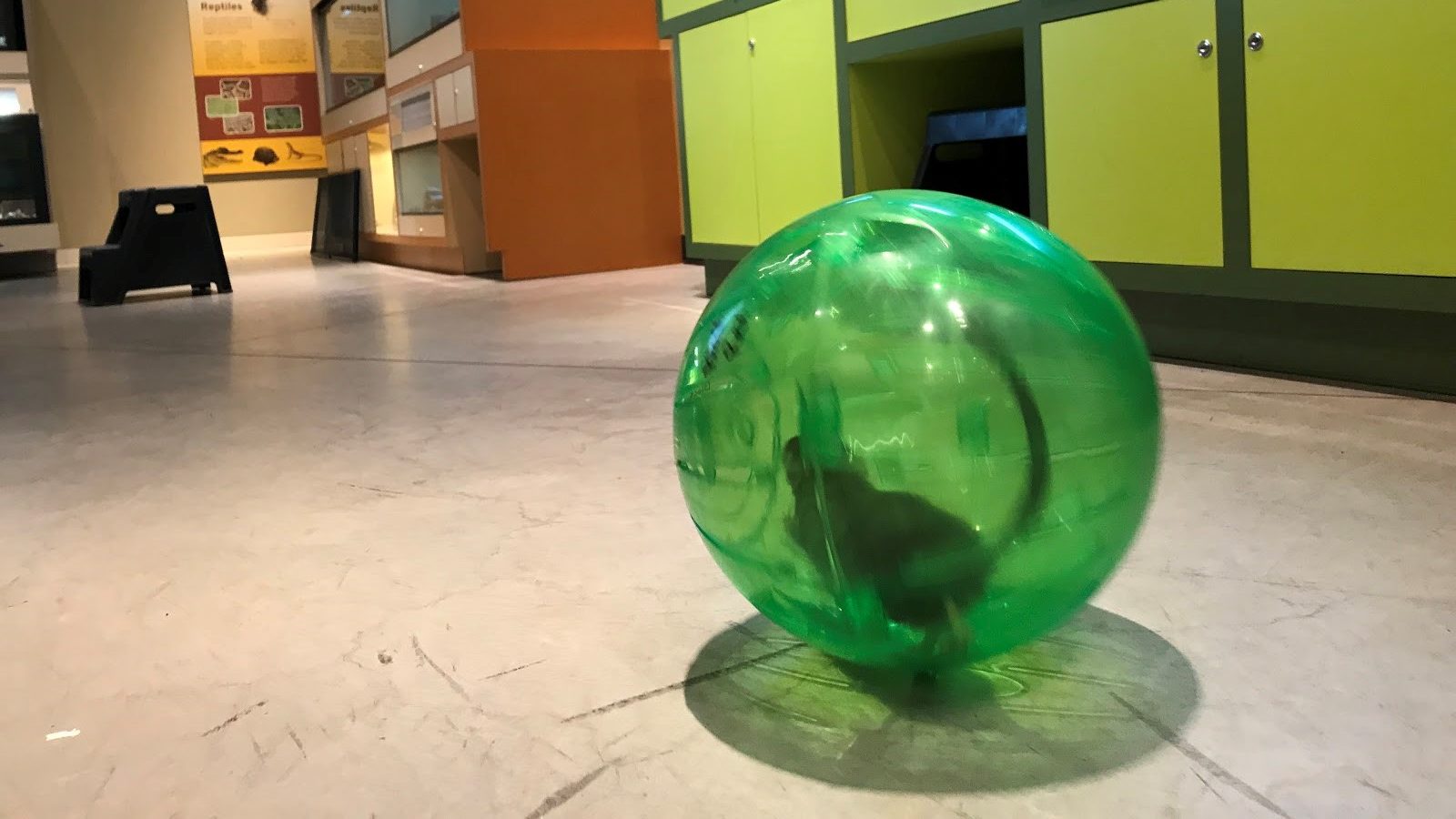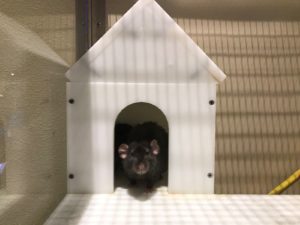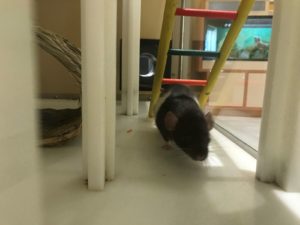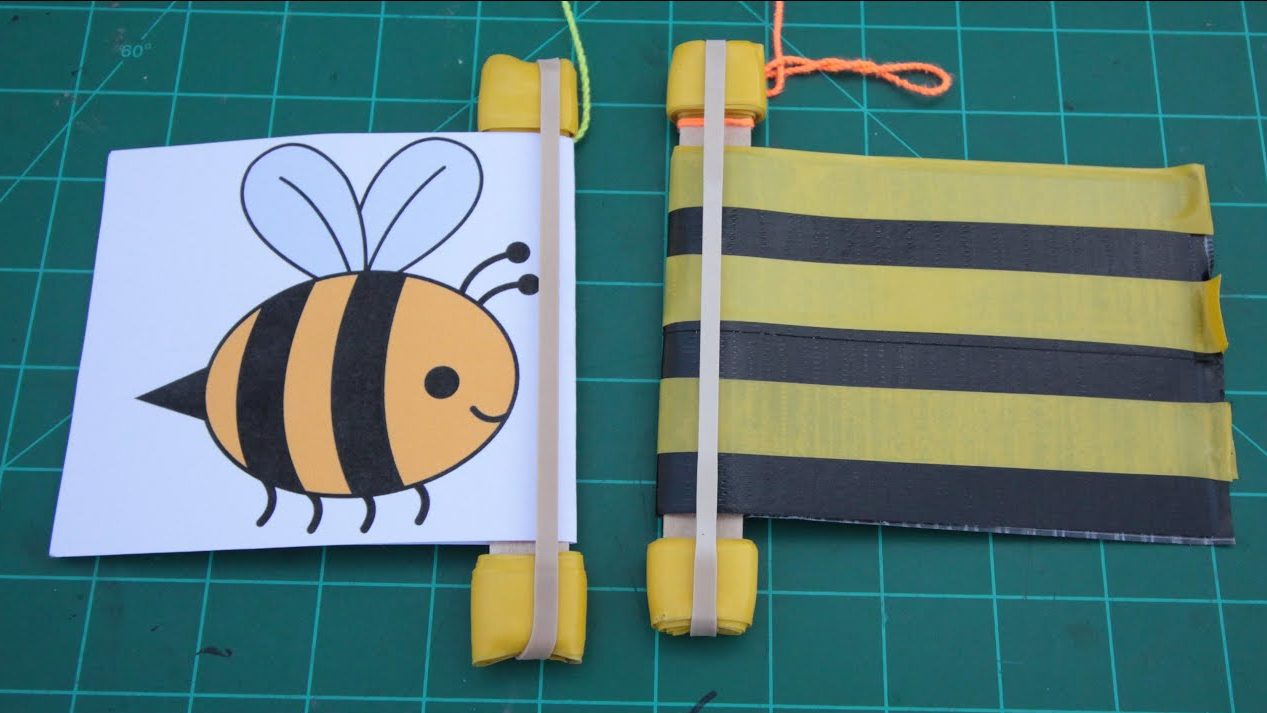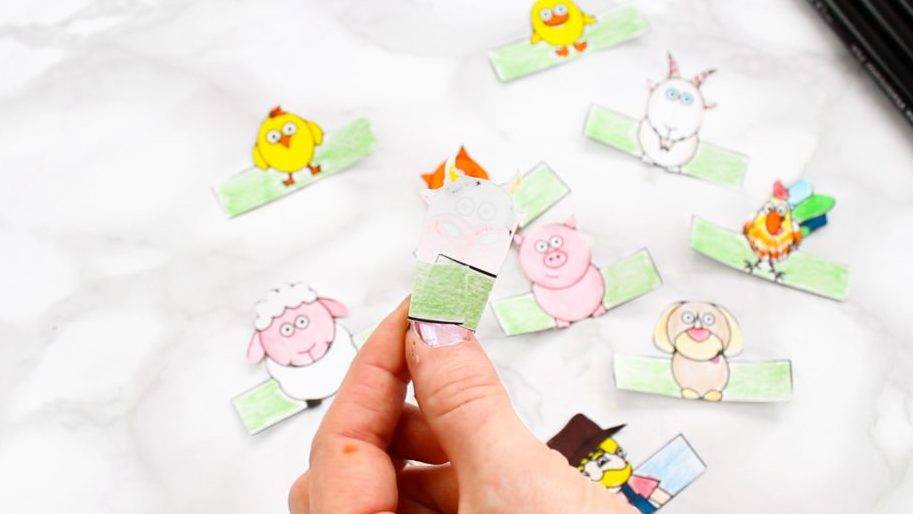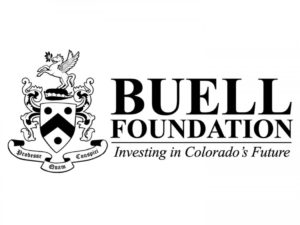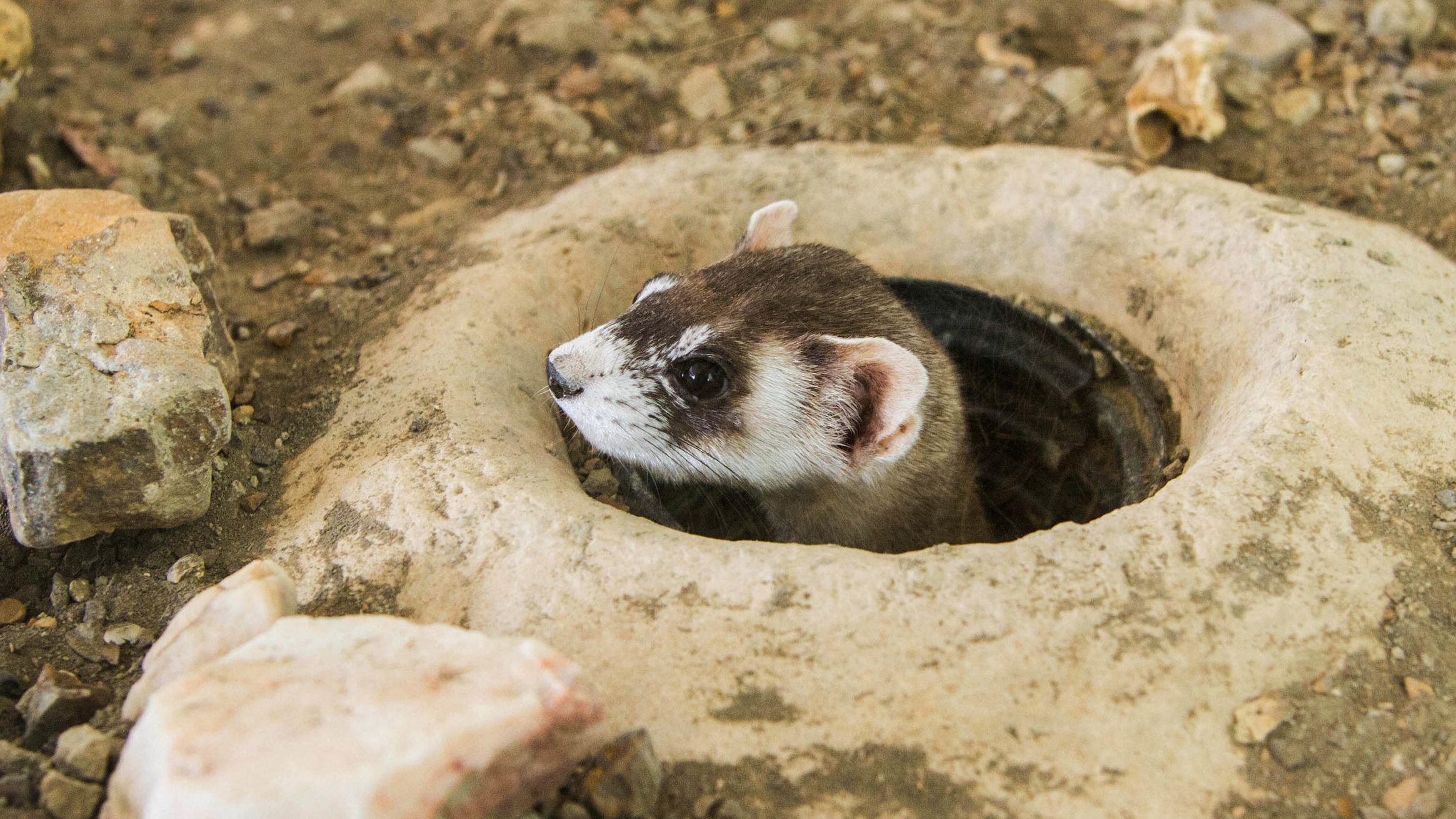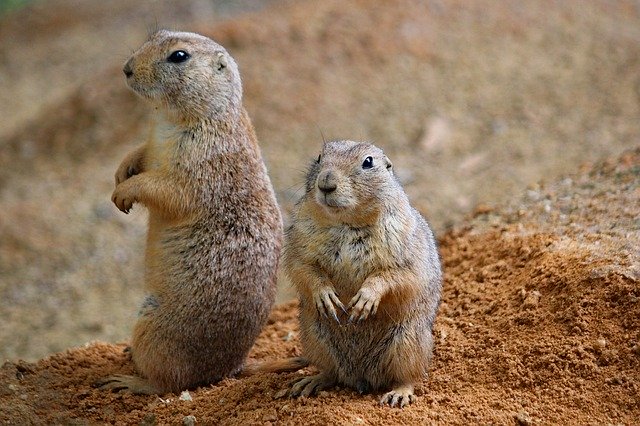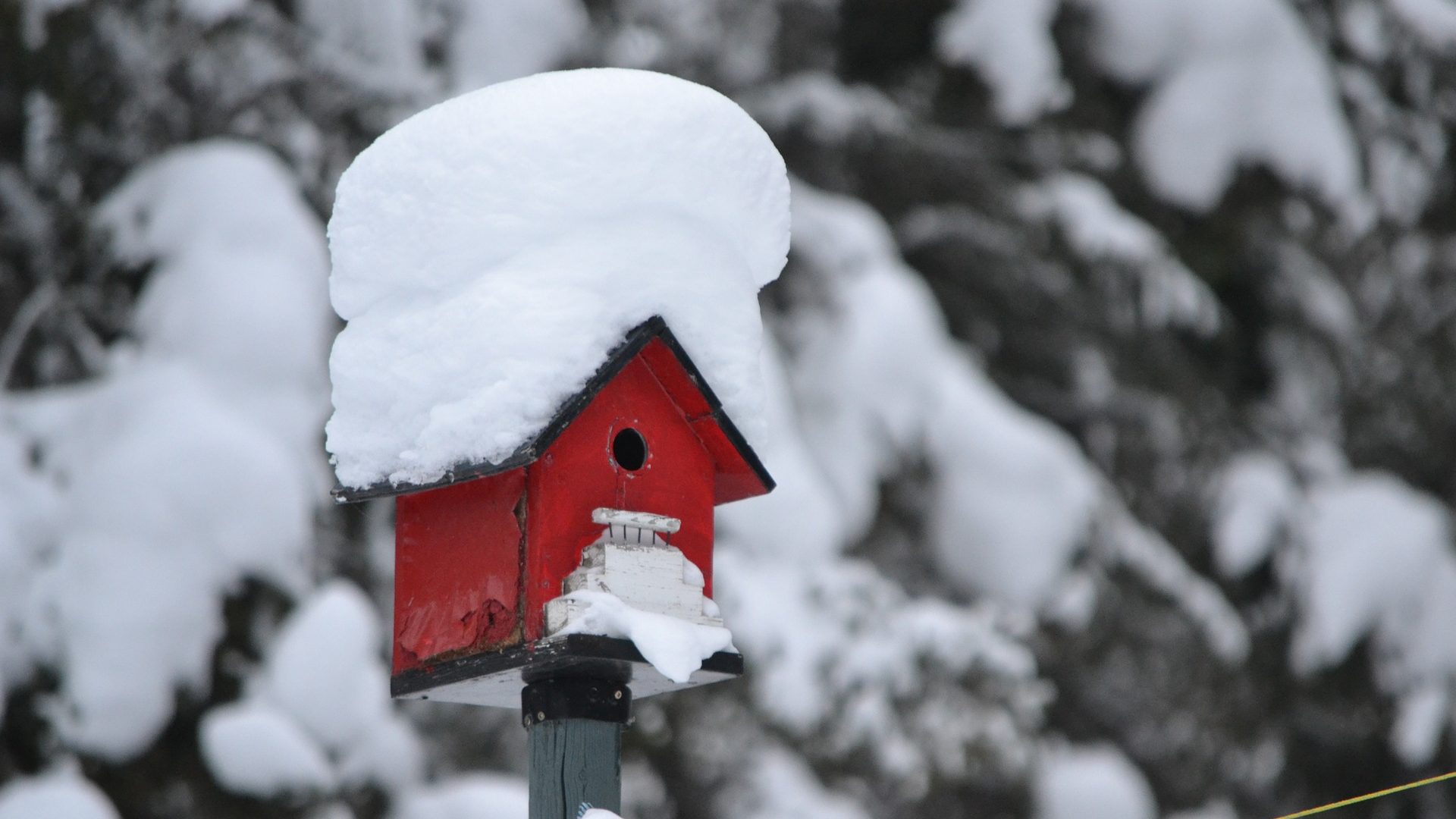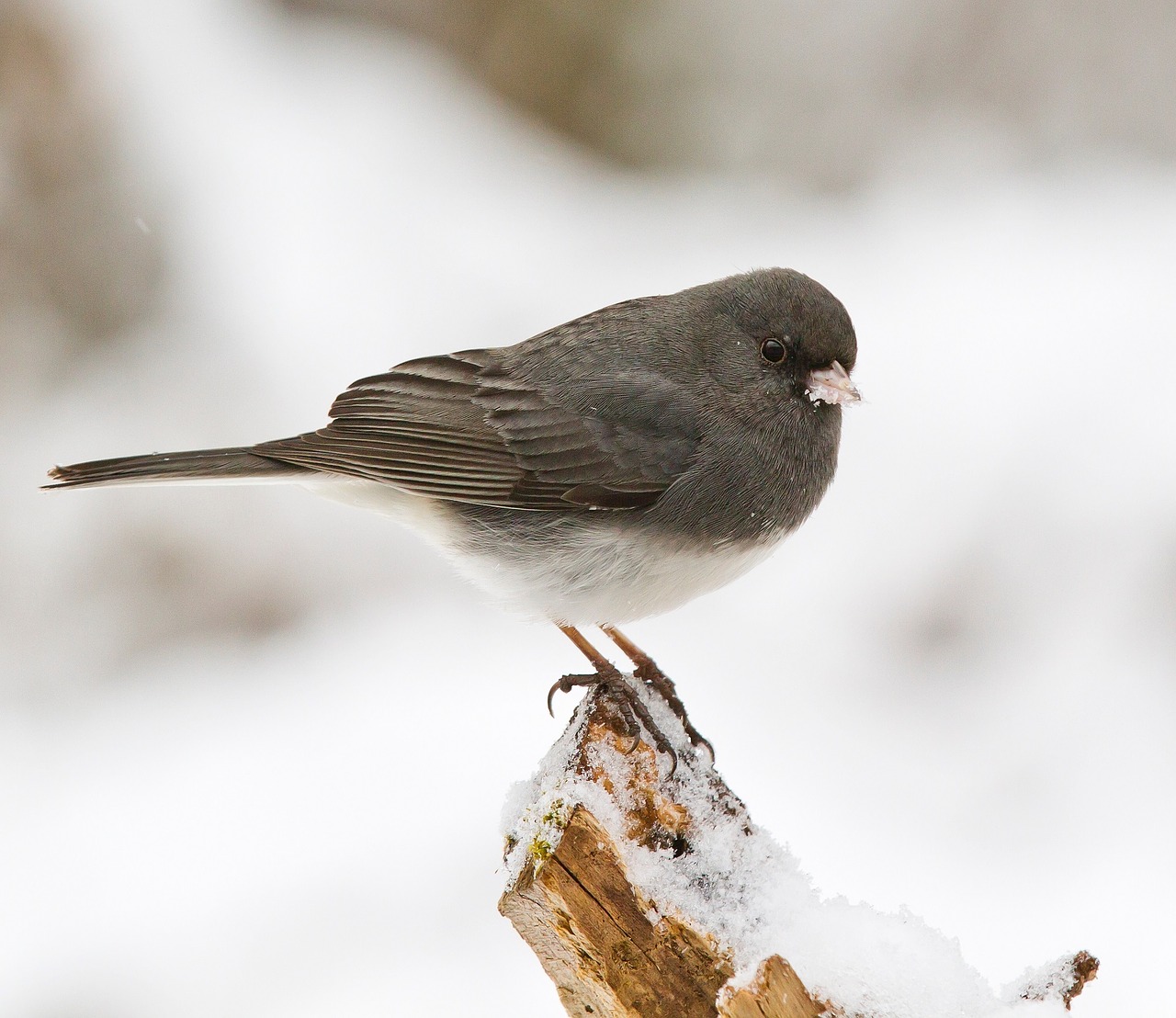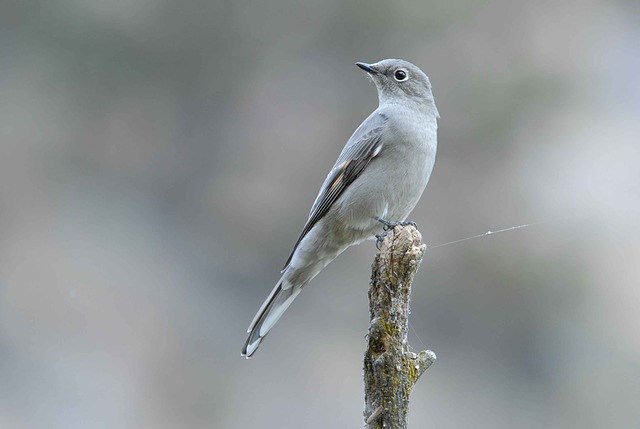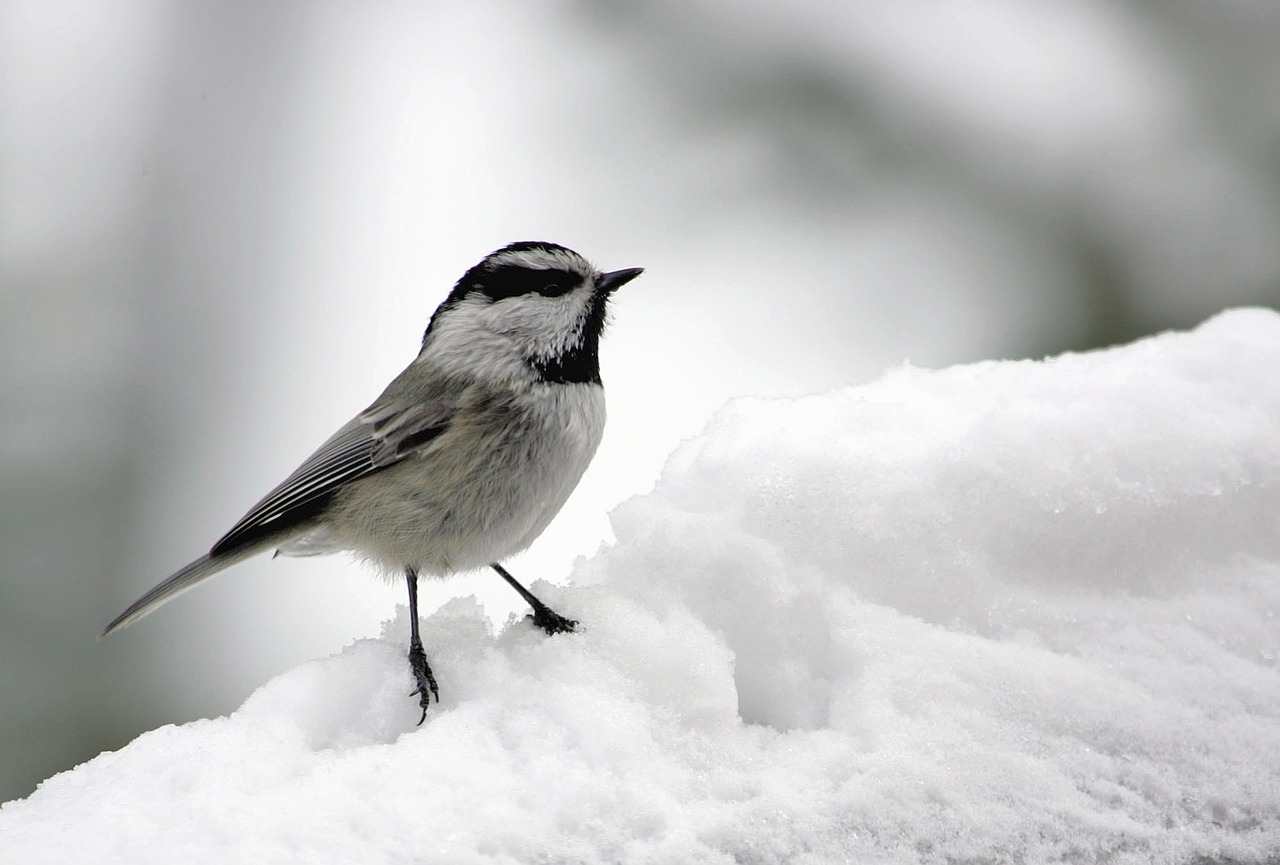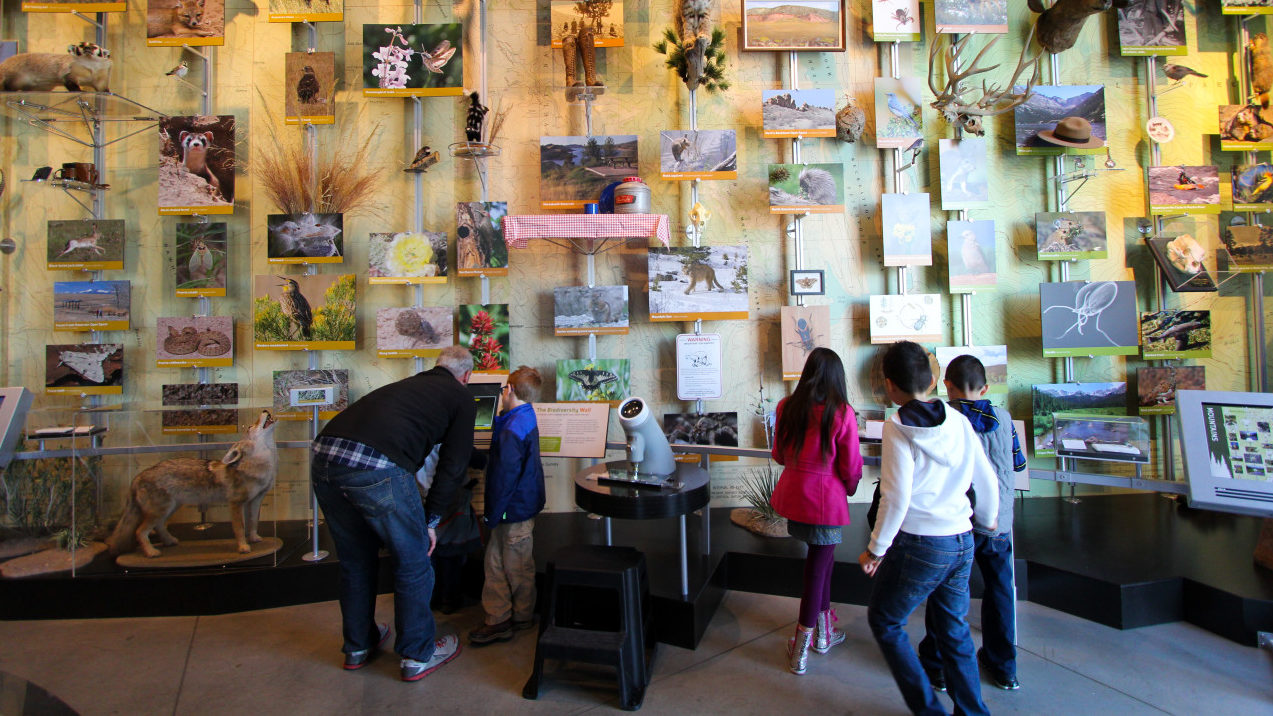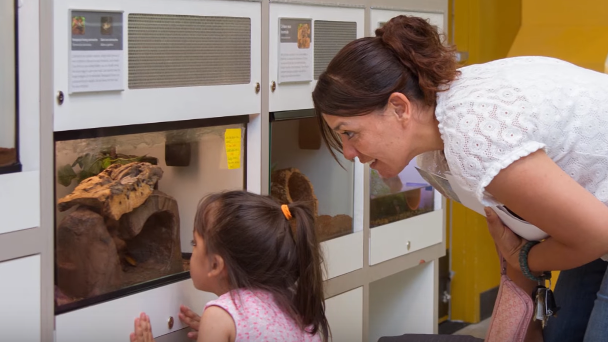Post written by Hannah Curtis, Education Assistant.
Daily Discovery: Tube Sock Black-Footed Ferret!
It’s time to get cuddly! Using your knowledge on BFFs and reference photos, create your own black-footed ferret (BFF) stuffy to have and to hold!
Supplies:
- Tube Sock(s)
- Newspaper
- Cotton balls
- Tissue paper
- Sticks
- Small rocks
- Buttons
- Glue
- Scrap fabric
- Markers or paint
Instructions:
- Using what you know about BFFs, create your own black-footed ferret stuffy! Get crafty with unexpected things in your house; this ferret was colored by rolling it in used coffee grounds!
- If you have the matching sock try making a tube sock prairie dog or maybe a BFF sock puppet!.
Want to download these directions? Click here for a handy PDF!
Follow along with our Daily Discovery! Click here for all activities that you can do at home.
Traducido por Károl de Rueda y Laura Vilaret-Tuma.
Descubrimiento en casa: Muñeco de hurón patinegro hecho con calcetines
Usando tu conocimiento sobre el hurón de patas negras o patinegro, y con la ayuda de algunos materiales caseros y fotos para referenciar, haz tu propio muñeco ¡y acurrúcate con él!
Artículos necesarios:
- Calcetines/medias
- Papel periódico
- Bolas de algodón
- Papel de tisú/seda
- Palitos
- Piedritas
- Botones
- Pegamento
- Retazos de tela
- Marcadores o pintura
Instrucciones:
- Después de leer los datos sobre los hurones patinegros -también llamados hurones de patas negrasque incluimos más abajo, utiliza este nuevo conocimiento y empieza a crear tu peluche. Para construir su forma y obtener su semejanza, usa cosas inesperadas que ya tengas en casa. Por ejemplo, puedes teñir tu peluche usando café molido desechado, como en la foto más abajo.
- Si tienes el otro calcetín, utilízalo para hacer un amigo (podría ser otro animal como un perrito de la pradera) para tu peluche; otro hurón o también podrías hacer un títere.
Aprende más sobre los hurones patinegros.
El hurón de patas negras o patinegro es la única especie de hurón nativo de Norteamérica, y también la única que vive en las praderas de pastos cortos en Fort Collins. Son uno de los mamíferos que están bajo peligro de extinción en el continente, por lo tanto, están protegidos bajo la Ley de Especies en Peligro de Extinción (Endangered Species Act). En el año 1979, pensábamos que el hurón de patas negras ya estaba extinto, pero en 1981 fueron redescubiertos en Meeteetse, Wyoming, y afortunadamente, un programa desarrollado para criarlos en cautividad salvó esta especie de su extinción. Hoy día, con la ayuda de muchos colegas y socios, los hurones de pies negros ¡están en vías de recuperación! En el Museo del Descubrimiento de Fort Collins (FCMoD), estamos orgullosos de apoyar los esfuerzos para la recuperación de los hurones de patas negras, e incluso cuidamos a dos de ellos en nuestra exhibición permanente. ¡Nos encantaría que los visitaras!
Aunque parecieran un lugar sin mucha vida, las praderas de pastos cortos están llenas de biodiversidad. Ahí hay muchos hogares de animales diversos, incluyendo el búho llanero, las serpientes toro, los sapos Woodhouse. También se podrían encontrar antílopes, zorros, halcones, liebres, reptiles, diferentes insectos, tortugas y perros de la pradera. Estos últimos son la especie clave que apoya los muchos animales que viven en este ecosistema, especialmente los hurones de patas negras. Más del 90% de la dieta del hurón consiste en perritos de la pradera, y usan sus madrigueras como su hogar para protegerse del clima y de los depredadores, pasando prácticamente ahí toda su vida.
Para más información sobre los hurones patinegros y su ecosistema respectivo, visita el sitio web https://blackfootedferret.org/, y/o sigue la página del Centro Nacional para la Conservación de Hurones de Patas Negras (National Black-footed Ferret Conservation Center) en inglés aquí: https://www.facebook.com/FerretCenter/.
¿Te gustaría descargar esta actividad? Haz clic aquí para obtener un archivo PDF.
Para encontrar actividades, ideas y mucho más descubrimiento en casa, ¡síguenos!

